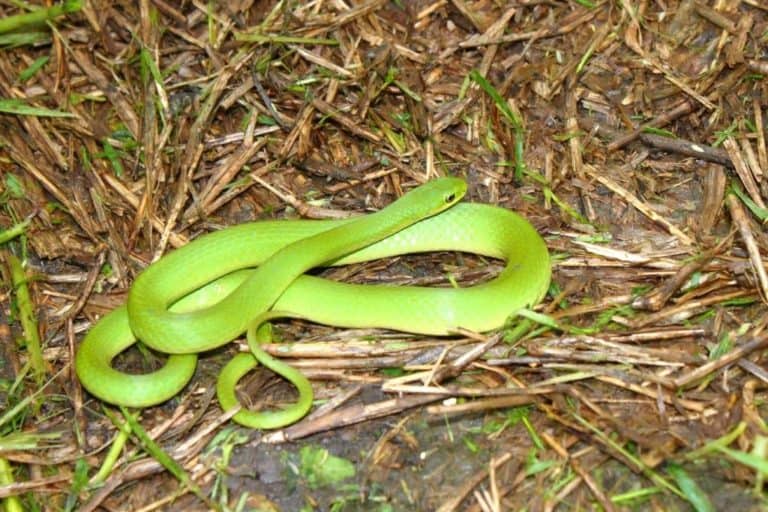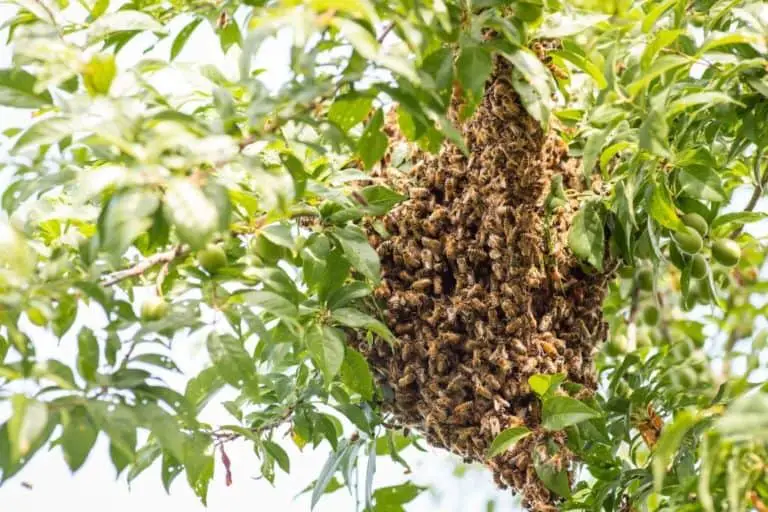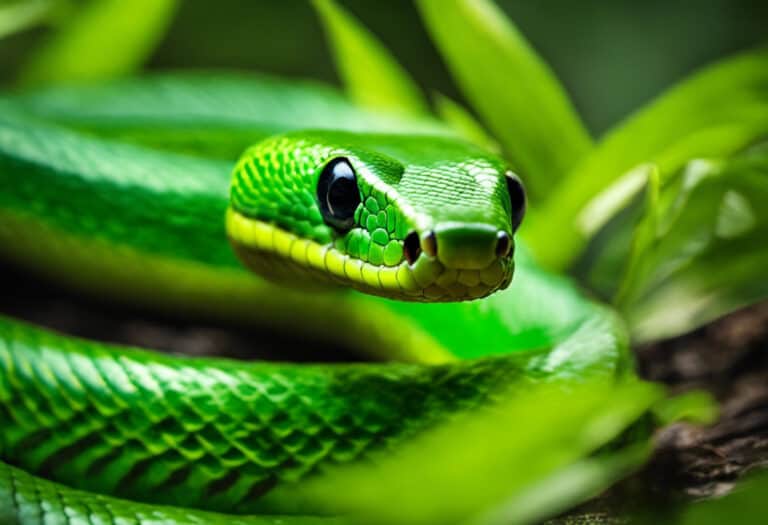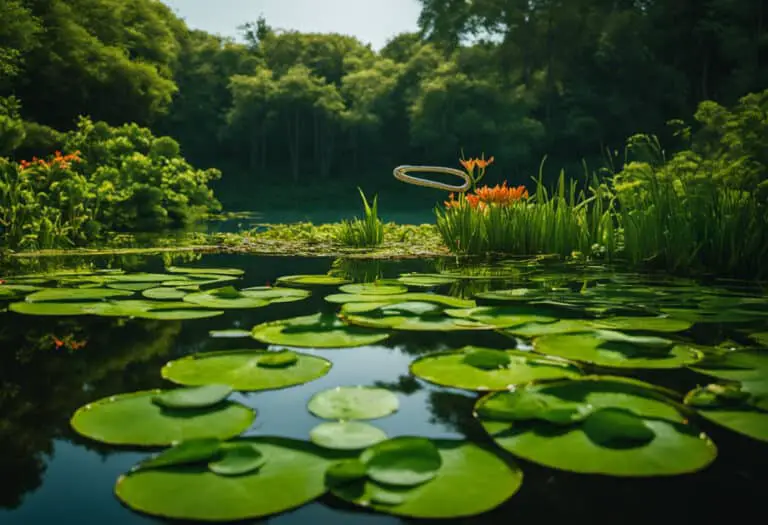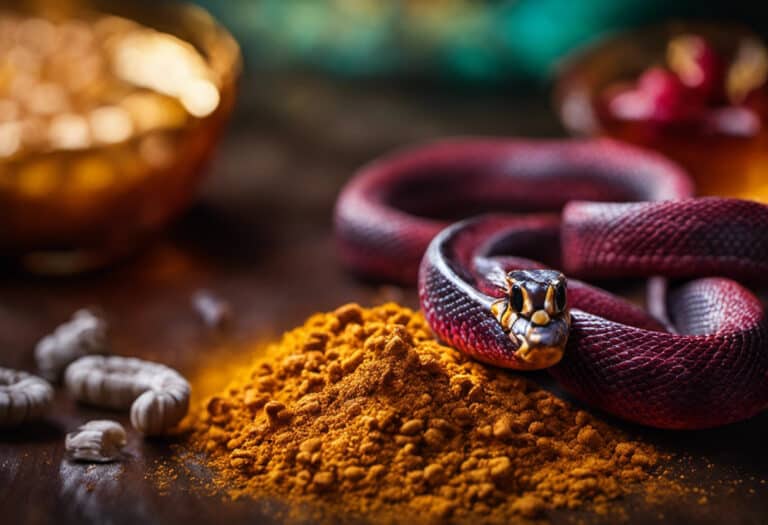Do Snakes Dig Holes In The Ground: Why & How they Look Like?
Snakes are often associated with dark, dank places underground, but do they actually dig holes in the ground? The answer depends on the type of snake in question.
Some snakes, like rat snakes, will dig small holes in the ground to hunt for rodents. However, most snakes don’t actually dig their homes; they simply reside in pre-existing holes made by other animals, such as turtles and frogs.
How can I identify Snake Holes in Yards?
Snake holes are standard in many yards, but what exactly are they? Snake holes are circular holes in the ground that snakes use as entrance and exit points to their underground burrows.
These holes vary but are typically about 2-4 inches in diameter. Because snake holes are often found in grassy areas, they can be challenging to spot.
However, a few telltale signs can help you identify them.
- Look for small mounds of dirt near the hole. These mounds are created as snakes travel in and out of their burrows.
- Snakes are creatures of habit, so you may notice that snake holes tend to be clustered together. If you see one snake hole, chances are there are more nearby.
- Pay attention to your pet’s behavior. If your dog or cat is suddenly interested in a particular yard area, it may be because they’ve detected a snake hole.
By looking for these signs, you can quickly and easily identify snake holes in your yard.
What should I do about Snake Holes?
When you find a snake hole on your property, you may be tempted to take action to get rid of it. However, it is best to leave the spot alone. Snakes are beneficial creatures that help to keep the population of rodents in check.
In addition, most snakes are not aggressive and will only bite if they feel threatened. If you’re concerned about snake holes being a hazard on your property, you can do a few things to make your yard less attractive to snakes.
- Look for signs of snakes, such as shed skin and feces. These can be indicators of where snakes are spending time on your property.
- Consider covering snake holes with dirt, netting, wire, or burlap. This will help to discourage snakes from using the holes.
- Eliminate hiding places and food sources to make your yard less hospitable to snakes.
By taking these steps, you can help to reduce the number of snakes on your property without harming them.
5 Snakes that burrow underground
Several different snakes burrow underground, and each has its own unique adaptations that allow it to thrive in this environment. Here are five of the best:
1) The Florida pine snake
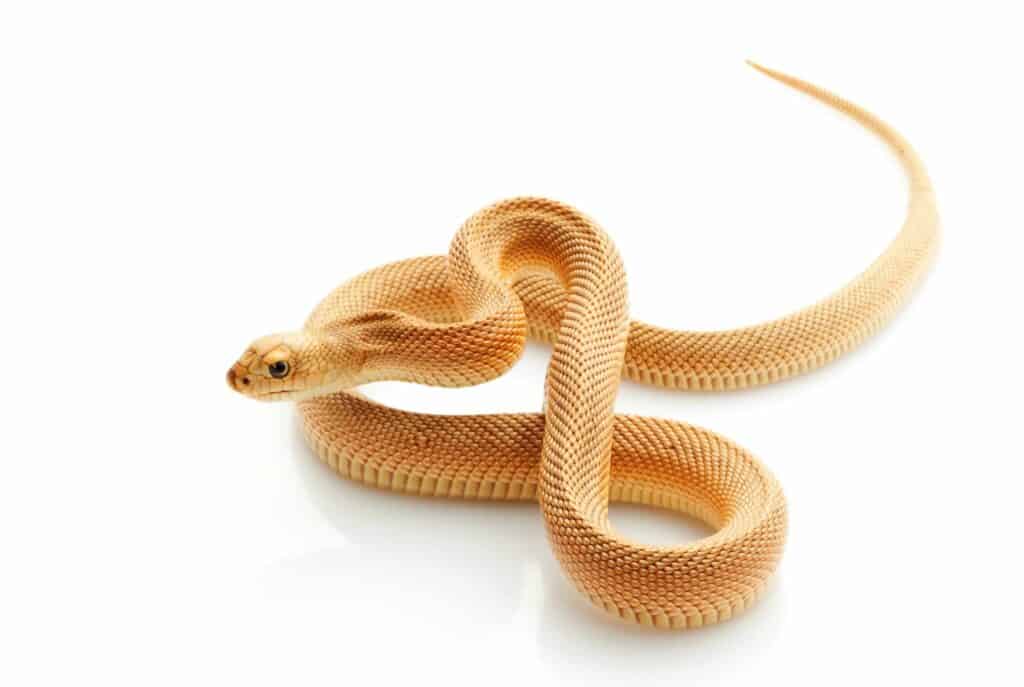
The Florida pine snake is a non-venomous constrictor found in the southeastern United States. These snakes are typically brown or gray and can grow over five feet in length.
Florida pine snakes are most commonly found in the state of Florida, but they can also be found in South Carolina and Alabama. These snakes prefer to live in drier habitats like pine forests with sandy soil.
The Florida pine snake inflates and raises the front of his body off the ground while hissing loudly if he is startled. Not only do pine snakes construct their own burrows, but they also take advantage of the tunnels and homes constructed by other animals.
Furthermore, these snakes will travel to different caves in search of food. Although their loud hissing might be alarming, don’t worry if you see a Florida pine snake – they’re more interested in rodents than humans!
2) The Eastern hognose snake
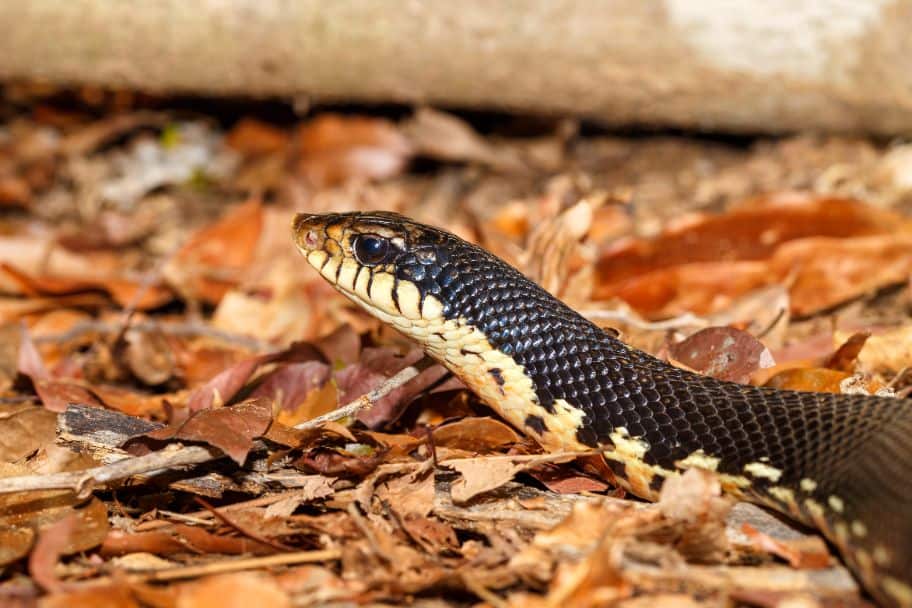
The Eastern Hog-nosed Snake is a giant, venomous snake with a thick body that may reach 30 inches in length. Some are brightly colored and patterned, while others color that can be yellow, gray, brown, green, or black.
These snakes are found in eastern North America, from southern Canada to northern Florida. They typically inhabit wooded areas near streams or wetlands.
When threatened, hognose snakes often puff up their bodies and flatten their heads to look more prominent. If this doesn’t work, they may play dead, rolling onto their backs and sticking out their tongues.
A female Eastern hognose may dig an underground nest into depositing her clutch of eggs. Scientists believe the Eastern hognose snake is a beneficial species because it preys upon rodents and other small animals that can damage crops or spread disease.
However, their aggressive defense mechanisms and large size make them a potential threat to humans. As such, it is essential to exercise caution if you encounter one of these snakes in the wild.
3) The worm snake
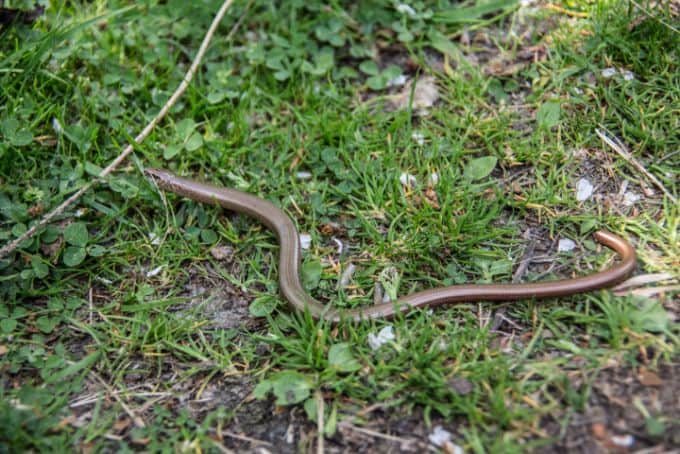
Have you ever seen a snake and thought, “That looks like a worm!”? Well, there’s a type of snake called the worm snake. As you might have guessed, they get their name from their slender, elongated bodies and small, pointed heads.
Worm snakes are found in North America, where they inhabit various habitats, including forests, grasslands, and wetlands.
They are brown with a pink belly and glossy smooth scales. Adults of this species may only be half a foot long and rarely exceed a foot in length. In other words, they’re pretty darn tiny!
These snakes are non-venomous and pose no threat to humans.
They’re often considered beneficial because they help to control populations of pests such as insects and rodents.
Worm snakes are timid creatures that spend most of their time hidden underground. When threatened, they may coil up their bodies and strike with their mouths open, but they seldom bite. So, if you see one of these little guys, don’t be afraid!
4) The bull snake
The bullsnake is a colubrid snake that can grow up to 8 feet long. It is found in North America and is related to the gopher snake. The typical size for an adult is 4-6 ft.
The appearance of a bullsnake can be quite variable depending on the geographical location.
They can have dark brown, reddish-brown, or tan-colored bodies with dark brown blotches down the back and sides.
The belly is usually cream or yellow colored with black squarish spots. Bullsnakes are often confused with rattlesnakes because they will vibrate their tails when threatened, and they can mimic the sound of a rattlesnake.
Bullsnakes are found in open habitats such as prairies, farmland, and deserts. They are excellent swimmers and climbers. Their diet consists mainly of rodents such as rats, mice, and gophers. Bullsnakes are nonvenomous snakes that kill their prey by constriction.
These snakes are not aggressive but will defend themselves if they feel threatened. They make excellent pets because they are easy to care for and are not dangerous to humans.
5) The Eastern coral snake
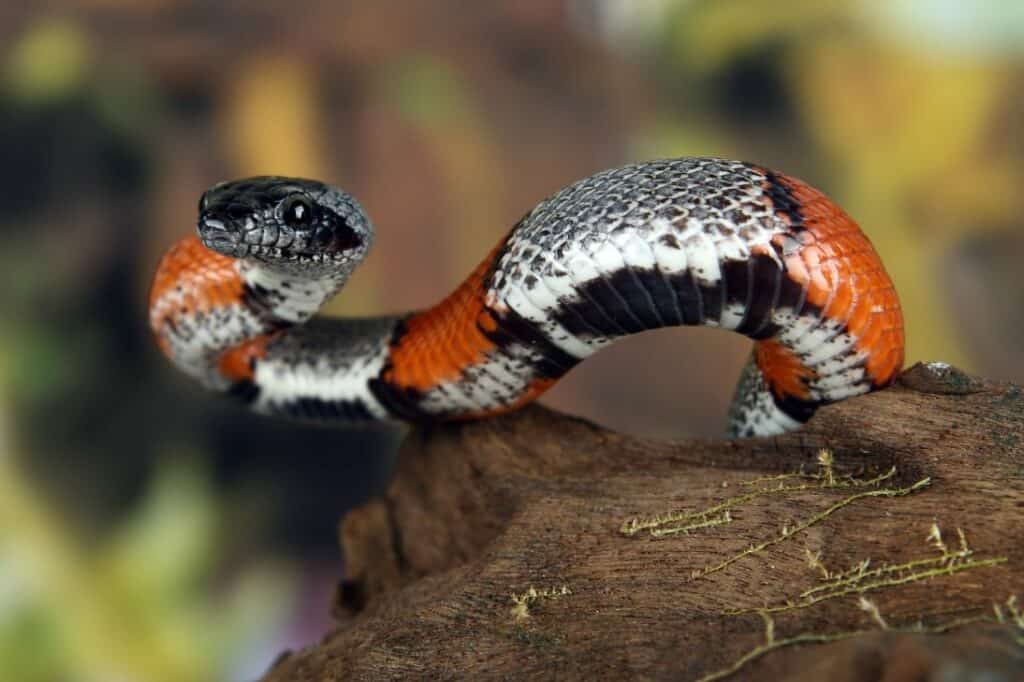
The Eastern coral snake is a brightly colored snake native to the southeastern United States. It’s a member of Elapidae, which includes cobras, mambas, and sea snakes– and it’s one of North America’s most venomous snakes.
They’re easily identified by their bulbous head and red, yellow, and black bands. Adult eastern coral snakes may reach 4 feet in length. And trust me, you don’t want to get bitten by one of these guys.
Their neurotoxic venom can cause paralysis and respiratory failure. If left untreated, a bite from this snake can be fatal.
Coral snakes that live in forested or jungle areas spend most of their time burrowed underground or in leaf piles.
But even though they’re naturally shy and avoid humans whenever possible, they will not hesitate to bite if they feel threatened. So if you see one, it’s best to admire it from a distance.
Chipmunk Holes vs. Snake Holes. How do you tell them apart?
Chipmunk holes and snake holes can look similar, but there are a few ways to tell them apart.
- Take a look at the size of the hole. Chipmunk holes are usually pretty small, while snake holes can be much more significant.
- Look at the location of the hole. Chipmunk holes are usually found near trees or logs, while snake holes are often found in more open areas.
- Take a look at the entrance to the hole. Chipmunk holes typically have well-defined access, while snake holes may be more challenging to see.
Considering all of these factors, you should be able to tell whether you’re looking at a chipmunk hole or a snake hole.
This image shows chipmunk holes (left) and snake holes (right).
